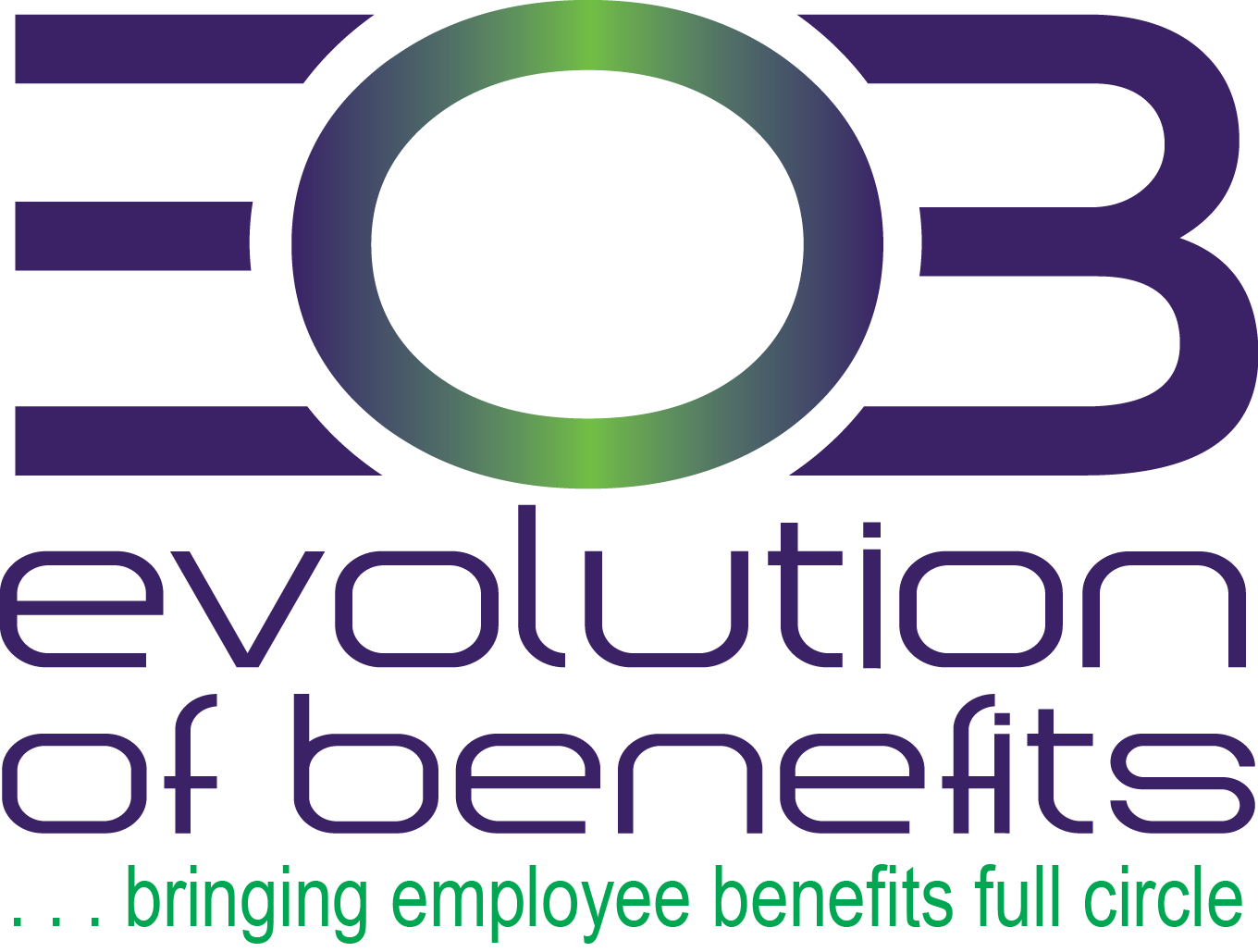Employee Compensation and Benefits During Layoffs and Furloughs

During periods of economic or business uncertainty, employers may need to downsize their workforce. Such reductions can take a variety of forms but frequently include employee layoffs or furloughs. Employers who take these measures must ensure that they are in compliance with laws governing compensation and employee benefits. Some key benefits and compensation issues to consider include:
HR Brief – Executive Order Directs Federal Agencies to Improve Health Care Price Transparency (April)

Recently, President Donald Trump issued an executive order (EO) directing federal agencies to issue new guidance to improve health care price transparency. This EO aims to promote a more competitive, innovative, affordable and higher-quality health care system.
Health Plan Price Transparency
The Departments of Labor, Health and Human Services, and the Treasury (Departments) issued a final rule in November 2020 that imposed new transparency requirements on group health plans and health insurance issuers:
https://evolutionofbenefits.com/wp-content/uploads/2025/04/hr-brief.pdf
HR Brief – Newly Passed Legislation Modifies ACA Reporting Requirements HR Brief – (March)

At the end of 2024, Congress passed two new laws, the Paperwork Burden Reduction Act and the Employer Reporting Improvement Act. These laws eased the Affordable Care Act (ACA) reporting requirements for employers and set new limits on the IRS’ assessment of “pay-or-play” penalties, among other changes.
HR Brief – OSHA Proposes Heat Injury and Illness Prevention Standard (November)

OSHA recently published a notice of proposed rulemaking in the Federal Register to protect workers from heat injury and illness. If finalized, the new standard would apply to all employers conducting indoor and outdoor work in all general industry,construction, maritime and agricultural sectors where OSHA has jurisdiction, subject to limited exceptions. The proposed rule would be the first federal regulation specifically focused on protecting workers from extreme heat.
HR Brief – USCIS Extends Form I-9 Expiration Date (October)

Recently, the U.S. Citizenship and Immigration Services (USCIS) announced that it updated its Employment Eligibility Verification form, also known as Form I-9, to extend the form’s expiration date from July 31, 2026, to May 31, 2027.
Employers must use the Form I-9 dated “08/01/2023,” which may have an expiration date of either “07/31/2026” or“05/31/2027.” Employers may use either form until its respective expiration date. However, the USCIS’ website will only include the Form I-9 with the new “05/31/2027” expiration date for downloading.
HR Brief – NLRB Voluntarily Withdraws Joint-employer Rule Appeal (September)

On July 19, 2024, the National Labor Relations Board (NLRB) voluntarily dismissed its appeal of the U.S. District Court for the Eastern District of Texas decision vacating the NLRB’s 2023 joint-employer rule. Thus, the decision of the Eastern District of Texas will be final.
The rule, which had been set to take effect on March 11, 2024, would have expanded the types of control over job terms and conditions that trigger joint employment. The NLRB stated it would like to consider the issues identified in the Eastern District of Texas’ decision and options for addressing outstanding joint-employer matters. As a result of the Eastern District of Texas’ ruling and the NLRB’s decision to withdraw its appeal, the former 2020 joint-employer rule remains in effect and calls into question the future status of the 2023 rule.
HR Brief – OSHA Proposes Heat Injury and Illness Prevention Standard (August)

The U.S. Department of Labor’s (DOL) Occupational Safety and Health Administration (OSHA) recently announced an unofficial version of the proposed standard to protect workers from heat injury and illness. If finalized, the new standard would apply to all employers conducting indoor and outdoor work in all general industry, construction, maritime and agricultural sectors where OSHA has jurisdiction, subject to limited exceptions. According to OSHA, the proposed rule would apply to approximately 36 million workers.
HR Insights – How to Address Employee Burnout

Employee burnout is escalating globally, with a significant number of workers experiencing severe physical, emotional and mental exhaustion. The 2024 Global Talent Trends report reveals that approximately 82% of employees are at risk of burnout, primarily due to financial pressures and excessive workloads.
HR Brief – OSHA Announces Final Rule on Worker Walkaround Representative Designation (May)

OSHA recently announced its final rule that clarifies the rights of employees to authorize a representative to accompany an OSHA compliance safety and health officer (CSHO) during a walkaround inspection of their workplace. The final rule was published in the Federal Register on April 1, 2024. The rule will go into effect May 31, 2024.
HR Brief – EEOC Announces EEO-1 Portal for 2023 Workforce Data Will Open April 30 (April)

The U.S. Equal Employment Opportunity Commission (EEOC) recently announced that the portal for private-sector employers to submit equal employment opportunity workforce data (EEO-1 Reports) from 2023 will open on April 30, 2024. The deadline to file is June 4, 2024.
Under Title VII of the Civil Rights Act (Title VII), certain employers must usually submit an EEO-1 Report by March 31 each year.
EEO-1 Reporting Background
The EEO-1 Report is a federally mandated survey that requires certain employers to submit workforce data categorized by race or ethnicity, gender and job categories.
EEO-1 reporting is required for:
–Private employers that have 100 or more employees (with limited exceptions for schools and other organizations)
–Private employers with between 15 and 99 employees, if they are part of a group of employers that legally constitutes a single enterprise that employs a total of 100 or more employees
–Federal contractors that have 50 or more employees, are either prime contractors or first-tier subcontractors, and have a contract, subcontract or purchase order amounting to $50,000 or more.




















